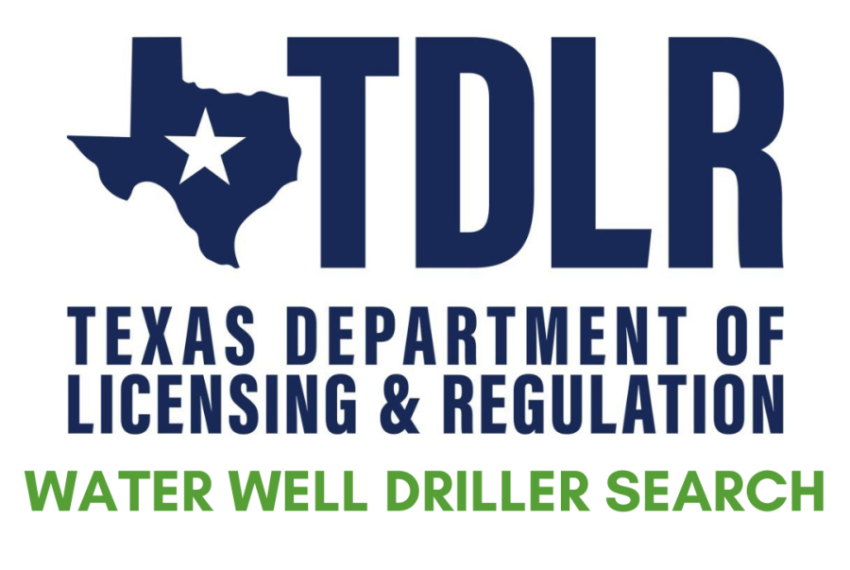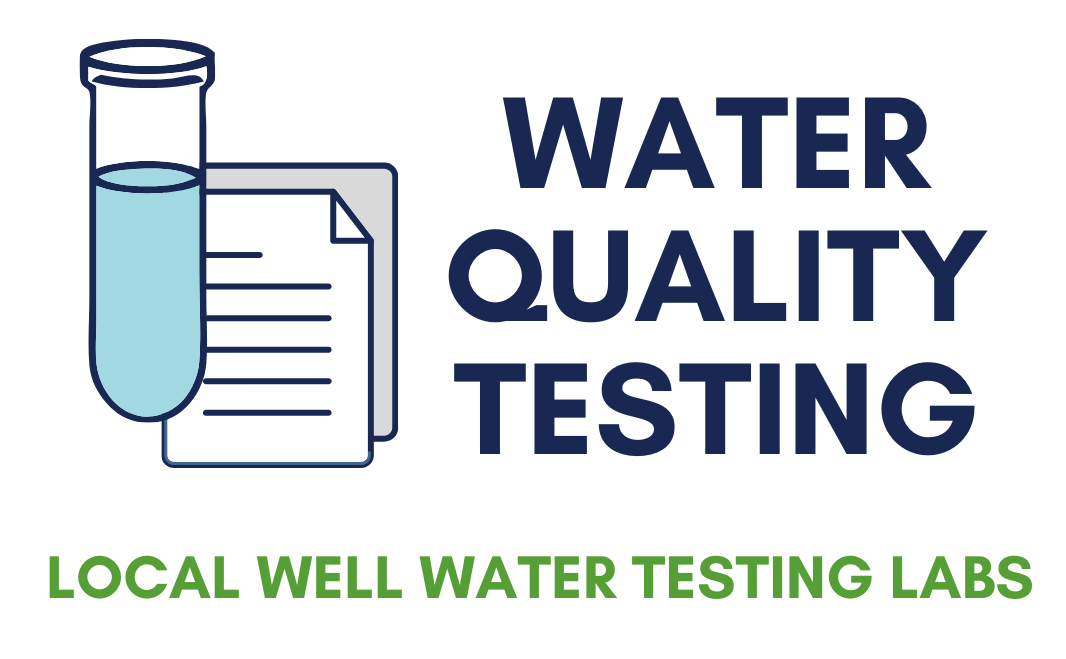Although well owners have many options for water treatment systems, choosing one can be difficult. Depending on the amount of water and its degree of contamination, you may need to get professional assistance in selecting and installing well water treatment systems. Experts and regulatory agencies have identified five methods to reduce water contaminants efficiently: disinfection, distillation, filtration, ion exchange, and reverse osmosis. Water treatment systems are categorized according to where they are installed and how much water they can treat:
- A point-of use-system is installed at the kitchen faucet or the location where drinking water is most often obtained.
- A whole-house system treats water as it enters a home plumbing system. If you are using more than one treatment system, install the one that removes the larger particles such as sand and grit ahead in sequence of the one that treats the smaller constituents such as salts and viruses
Particle and Microfiltration: Removes small amounts of suspended particles—ranging in size from sand to clay—from well water. Filters made of sand or fiber are common. Filters are made to remove specific particle sizes.
Activated Carbon Filter: A form of ultrafiltration with a reactive media, is often used as a point of use treatment. Activated carbon consists of particles of coal or charcoal that react with chemicals passing over its surface.
Reverse Osmosis (RO): A common home treatment method for reducing arsenic and total dissolved solids in drinking water. Best known for its use in water desalinization projects, this method can also reduce chemical contaminants associated with unwanted color and taste. It may reduce up to 80 percent of pollutants such as arsenic and uranium, and many types of organic chemicals.
Distillation: Removes inorganic contaminants such as minerals and dissolved metals from water. It kills or removes microorganisms, including most pathogens. Although distillation can also remove organic matter, its effectiveness depends on the chemical characteristics of the contaminant.
Ion Exchange: Water Softening Ion exchange units are reactive media filters that replace calcium and magnesium ions in water. These units are also known as water softeners
Disinfection: To make water safe to drink, pathogens must be either filtered out of the water or killed (inactivated). Except for distillation, the filtration methods discussed above are not suitable for continuous removal of bacteria. As a rule, water is disinfected by chemicals such as chlorine or ultraviolet (UV) radiation. Disinfection does not remove inorganic contaminants from water, but it may react with them and form by-products that may be of concern, such as chloroform. A UV radiation unit consists of a clear glass tube surrounded by UV lights. The radiation inactivates the bacteria and pathogens as the water passes through the tube. If the water is cloudy, the unit will not work efficiently; for this reason, a UV treatment system should be installed after the particulates have been filtered from the water.
For more information, please view the following resources:
Texas Well Owner Network’s Well Owner’s Guide to Water Supply
Texas Commission on Environmental Quality Guide to Disinfecting Your Private Well



